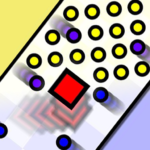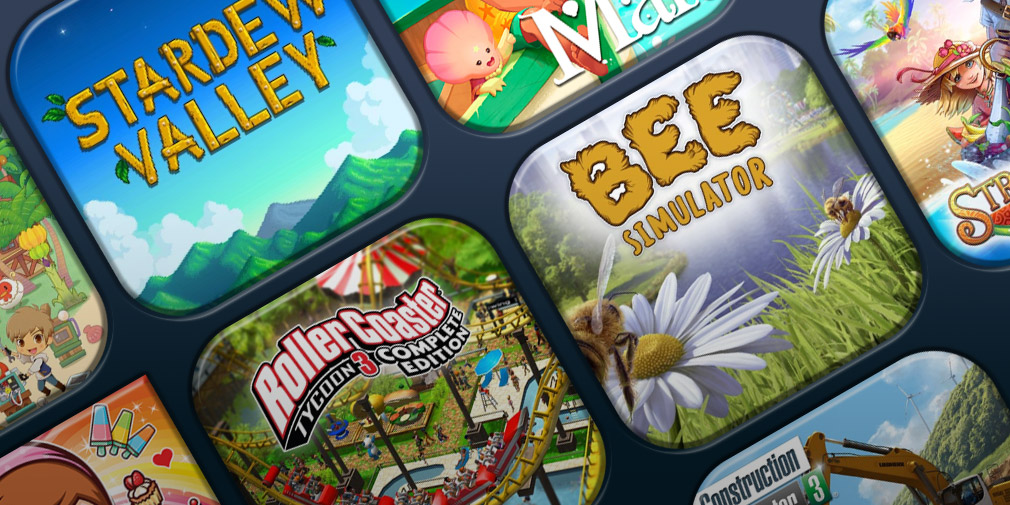Hello Neighbor: The Ultimate Guide to the Suspenseful Stealth Horror Experience
Hello Neighbor is a thrilling stealth horror title that captivates audiences with its unique blend of mystery, tension, and evolving artificial intelligence. Developed by Dynamic Pixels and published by tinyBuild, the game gained significant attention for its eerie premise, distinct visual style, and unpredictable AI behavior. This comprehensive guide explores the game’s origins, mechanics, story, evolution, and broader impact within the horror genre. Whether you're a fan of psychological thrillers or stealth-based adventures, Hello Neighbor offers a suspense-filled journey worth understanding in depth.
Origins of Hello Neighbor: From Prototype to Viral Success
The early concept of Hello Neighbor emerged in 2015 and quickly captured the internet’s interest through alpha builds and YouTube exposure. Its unique idea—a child attempting to uncover the secrets of a mysterious, seemingly hostile neighbor—stood out in a crowded indie market.
The developers leveraged community feedback, releasing multiple alpha and beta versions before its official launch in December 2017. This open development approach allowed fans to shape the game’s direction, while streamers and content creators helped the title gain viral traction.
Hello Neighbor’s Premise: Suspicion, Discovery, and Survival
Hello Neighbor’s core narrative revolves around a young protagonist who suspects his neighbor is hiding something sinister in his basement. Motivated by curiosity, the player sneaks into the neighbor’s home to uncover the truth, triggering a suspenseful cat-and-mouse chase filled with tension.
The game’s story unfolds gradually, with surreal and symbolic sequences suggesting deeper psychological layers. Environmental storytelling and cryptic cutscenes hint at the neighbor’s dark past, pushing players to piece together clues in a non-linear fashion.
Core Mechanics of Hello Neighbor: Stealth and Strategy
At its heart, Hello Neighbor is built on stealth mechanics, requiring users to avoid detection while exploring the house and solving puzzles. Unlike traditional horror games focused on combat, Hello Neighbor emphasizes avoidance and problem-solving.
The neighbor character learns from user behavior. For example, if a window is used frequently as an entry point, it may later be boarded up or guarded. This adaptive AI mechanic adds unpredictability and tension to every move.
Key Elements of the Experience
-
First-person perspective for immersive exploration
-
Environmental puzzles integrated into house layout
-
Real-time AI adaptation increasing difficulty
-
Item collection and usage for progression
This design rewards careful observation, experimentation, and persistence.
Evolution of the Game World: Level Design and Progression
The game’s structure is divided into acts, with each introducing new parts of the house and increasing complexity. As the narrative progresses, the house transforms, becoming larger, more surreal, and symbolically disturbing.
Act I introduces the core stealth loop. Act II adds imprisonment and escape sequences. By Act III, the house expands into a maze-like structure filled with bizarre architecture and deeper psychological symbolism.
This layered progression reflects the protagonist’s growing fear and understanding of the neighbor’s past, turning the environment into a storytelling device.
Hello Neighbor AI: How the Game Learns and Responds
One of Hello Neighbor’s standout features is its learning AI, which adjusts based on user actions. The neighbor tracks repeated paths, sets traps, and becomes more vigilant, transforming a simple stealth game into a dynamic challenge.
AI Behavioral Patterns
-
Tracks frequent entry points and defends them
-
Reacts to noise, broken windows, or opened doors
-
Sets bear traps or cameras in strategic locations
-
Adjusts patrol routes in real time
This makes every new attempt feel different, encouraging users to think creatively and stay alert.
Visual and Audio Design: Creating a Surreal Horror Atmosphere
Hello Neighbor adopts a unique visual style that mixes cartoonish art with unsettling architecture and lighting. This contrast enhances the uncanny tone, making the game feel both inviting and disturbing.
The soundtrack and ambient noise build tension without relying on jump scares. Footsteps, creaking doors, and sudden changes in musical tone signal danger, keeping users on edge throughout the experience.
Design Highlights
-
Bright, exaggerated colors juxtaposed with horror themes
-
Surreal interior layouts symbolizing mental states
-
Minimalistic sound design enhancing suspense
The visual and audio elements work together to craft a compelling and eerie experience.
Expanding the Universe: Hello Neighbor Sequels and Spin-offs
Following the original’s success, the Hello Neighbor franchise expanded with multiple titles and adaptations. These include “Hello Neighbor: Hide and Seek,” which explores backstory, and “Hello Engineer,” a multiplayer spinoff with a creative focus.
Additionally, “Hello Neighbor 2” builds on the original with open-world elements and a new antagonist. The franchise also includes books and animated series, further deepening the lore and reaching broader audiences.
Expansion Titles
-
Hello Neighbor: Hide and Seek – Prequel exploring the family’s tragedy
-
Secret Neighbor – Multiplayer social horror experience
-
Hello Neighbor 2 – Sequel with AI improvements and expanded story
This continued development demonstrates the brand’s growing influence in indie horror entertainment.
Community and Content Creation: Streaming and Modding
The Hello Neighbor community has remained active thanks to its unique mechanics and streamable content. The game’s unpredictability and tense moments make it popular among streamers, particularly on platforms like YouTube and Twitch.
While official modding support is limited, creative users have found ways to edit game files and create custom content. Community forums and fan-made theories contribute to ongoing interest and discussion.
Community Engagement
-
Popular with streamers for reaction-driven content
-
Active theory-building and lore discussion
-
Fan-made mods and custom maps
This organic community involvement has helped sustain the game’s popularity well beyond its initial release.
The Future of Hello Neighbor: Innovation and Storytelling
With the launch of Hello Neighbor 2 and additional titles in development, the franchise continues to evolve. Future updates are expected to enhance AI systems, deepen narrative elements, and expand the universe across media.
The brand’s growth into books, animation, and multiplayer offerings suggests a long-term vision that extends beyond gaming into a broader storytelling platform. As AI technology advances, Hello Neighbor’s core concept has room for further innovation.
Conclusion: Hello Neighbor’s Unique Contribution to Horror Games
Hello Neighbor stands as a bold entry in the horror genre, offering a fresh take on stealth mechanics and psychological tension. Its adaptive AI, surreal visuals, and layered narrative create an experience that is both thrilling and thought-provoking.
While it may not be for everyone, especially those looking for traditional horror pacing or action, its uniqueness makes it a standout title. With continued development and an expanding universe, Hello Neighbor remains an influential example of indie innovation and storytelling depth in modern interactive entertainment.





























